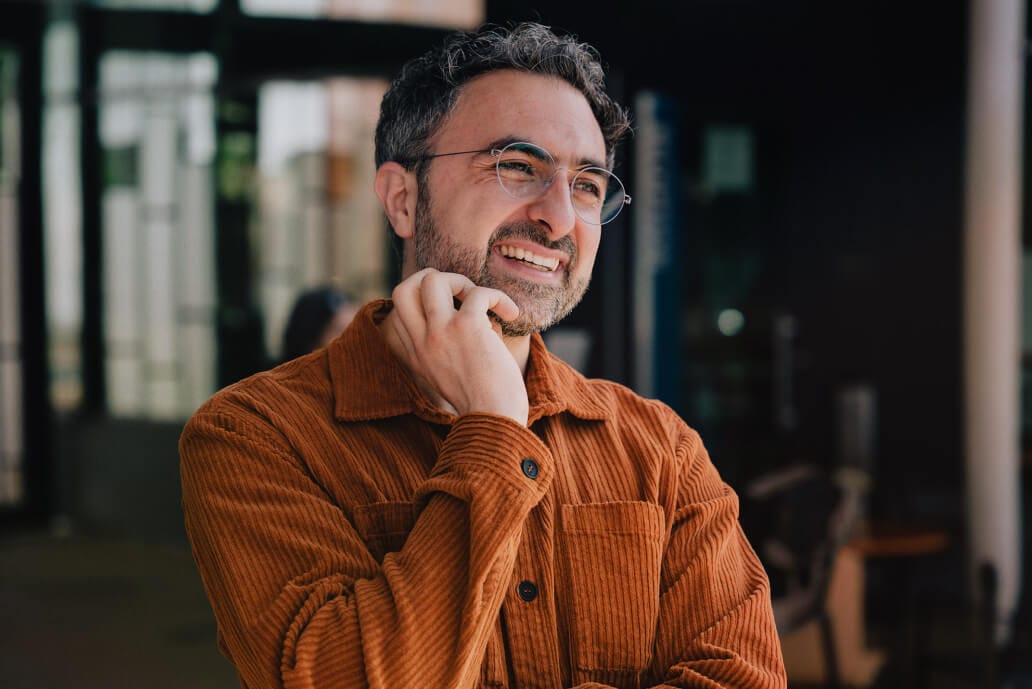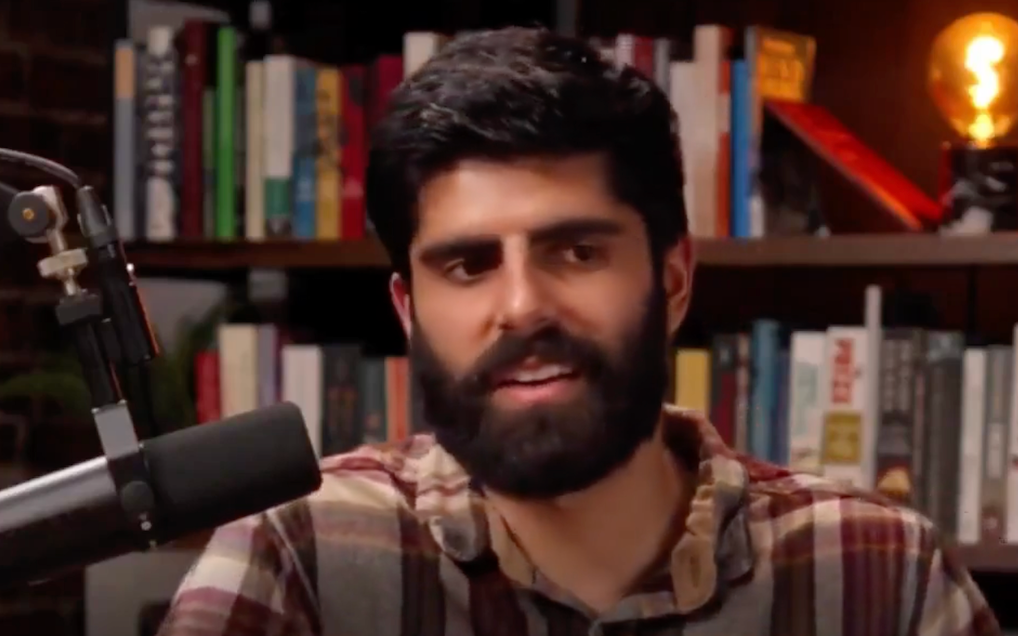In exciting news for Coloradans – and for millions of others across the country – AI is in the early stages of being used to help with wildfire detection and mitigation.
Why is AI a good thing here? As talented as we humans are, we have more than a few limitations. We’re only human, after all, and we can only be so many places at once. On the other hand, AI-enabled cameras can be attached to cell towers out in the wilderness, where they take 360-degree sweeps of the scene every minute of the day and night. If anything strikes the AI as being troublesome, the system automatically alerts first responders.
It's also important to highlight what some have called "the vision thing." AI significantly enhances current nighttime fire surveillance. While we humans have very poor night vision, AI-enabled cameras are able to switch to what’s called “near-infrared mode” when it gets dark, allowing them to detect wildfire smoke where humans cannot.
Furthermore, fire detection is not the only arrow in AI’s firefighting quiver. As much as we humans like to talk about our good judgment, the GovTech website FireRescue1.com points out, “It can be challenging for humans to make fully informed decisions when planning wildfire response.”
The FireRescue1 report proves this point with its summary of the incredibly destructive Angora Fire in California: “In 2007, dispatchers initially dismissed 911 calls about smoke near Lake Tahoe, mistakenly believing it was a controlled burn [emphasis added]. In reality, it was a wildfire that ultimately destroyed 254 homes and burned 3,100 acres of mountain wilderness.”
Does this technology actually work? Yes, it does, and we already have proof of that here in Colorado. Just last month, on June 16, AI-enabled cameras quickly detected a wildfire started by a lightning strike in Douglas County. Happily, what became known as the Bear Creek Fire was fully extinguished within the day.
As Sonia Kastner, co-founder and CEO of Pano AI, told Denver 7: “The successes are the fires that often never make it to be major news stories because they're contained when they're small."
Why does this matter? As Coloradans know all too well, wildfires are a real and growing threat to life and property in the Centennial State. In fact, all 20 of the 20 most destructive wildfires in Colorado have occurred since 2001, and four of the five most destructive have taken place since 2018. The state’s most destructive fire, the Cameron Peak fire, destroyed 208,000 acres in 2020, and the most costly wildfire, the Marshall Fire, took place just over two and a half years ago, in December of 2021.
To many Coloradans, the most troubling fact about the Marshall Fire was that it occurred not in sparsely populated forests (which would be bad enough), but in suburban neighborhoods outside of Denver. Nearly 1,100 homes in Boulder County were destroyed, with a total value exceeding $500 million.
What company is behind this technology? Pano AI, founded in 2020, is the leader in this still-new field. A San Francisco-based firm, their first customer was the Aspen Fire Protection District, and the company now has four other Colorado customers, including Xcel Energy and CORE Electric. Xcel now boasts 28 active cameras in Colorado and plans to increase that to 70 by the end of the year.
What’s next? We’ve now seen proof of concept: This technology works! Given the fact that the destruction caused by wildfires has been dramatically increasing in recent years – and given no reason to think that will change anytime soon – look for many more wildfire-focused, AI-enabled cameras to be installed throughout Colorado and the rest of the country in the months and years ahead.









